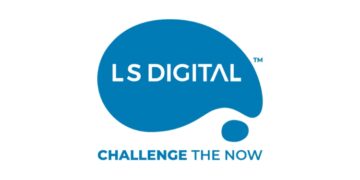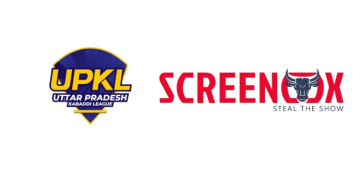Five areas of focus for B2C digital brands in 2022
By Chris Higgins, Senior VP – Marketing at Netcore Cloud
The last two years have seen dramatic shifts in shopping behavior. Online shopping has soared, and many brands are exploring D2C models. It is easier than ever to launch an online business, whether you are a traditional offline brand or an experimental concept. The combination of growing online shopping and economic booms in many countries promises an exciting 2022 for digital brands.
At Netcore Cloud, we work with more than 5000 brands worldwide, giving us a unique perspective into the minds of the world’s top marketers. Here is what CMO’s are focused on for 2022:
Conversational commerce
Using a blend of human and AI chat to deliver a personalized shopping experience over messaging channels will be a big part of the future of ecommerce. Compared with current ecommerce websites, it is like the difference between going into a store and getting personalized service from a shopkeeper vs going alone into a vast store with no staff and having to search through thousands of items to find what you want.
Most marketers will find it easier to build this function if they treat both the human and AI costs as a sales cost, with attribution on sales and LTV rather than a customer support cost.
Improving the use of AI in marketing
The three use cases that will see growth in 2022 are: AI-powered personalization – generated personalized product recommendation and messaging, AI-powered email delivery – optimizing send times with AI to increase open rates, and AI-driven attribution models for multi-touch marketing journeys. What makes these easy to deploy is that, while AI-powered, you are getting a ready-to-use product, rather than creating the AI in-house.
There are many other growing use cases for AI (such as content generation), but most are not ready for marketers to deploy in production. Wait another year and see.
Improving app experience
Many shopping apps are still frustrating to use, and there is a huge user experience gap between most apps and the best, most intuitive apps. For many brands, the challenge is developer bandwidth. No matter how many great ideas the product management team has, it is impossible to be nimble if implementation will take weeks or months. It is also too scary to test significant changes, as a failed initiative could again take weeks or months to roll back.
Compare this struggle to the ease of using landing page tools, where a marketer can quickly design and deploy landing pages in multiple formats, with split tests and personalization.
New tools like Netcore’s Product Experience bring this functionality to app product teams – the ability to AB test ideas, launch contextual nudges and segmented walkthroughs. These can happen with no-code, and in hours not weeks.
Email as a key channel
As long as email has been around, and despite the ‘email is dead’ headlines, email remains one of the highest ROI channels for many brands. The new AMP emails can be a gamechanger for online brands, transforming static emails into dynamic content. The content updates when the user opens the email, rather than being fixed at the time of sending, so the messaging and offers are always relevant.
What else can you do with AMP emails? Search boxes, price calculators, add items to wish lists, collect reviews for purchases, live delivery tracking. These advances will reduce the need to click out from an email to a website or app, improving engagement rates.
Prepare for cookie-less marketing
Safari and Firefox already block 3rd party cookies by default, and Chrome will join the no-cookie party. The most impacted ads are programmatic campaigns, where marketers can target users based on their interests and browsing behaviour. Beyond just ad targeting, this will impact some elements of attribution. For instance, third party cookies currently allow you to understand which advert was seen on which publisher site, before a consumer came to your website and made a purchase. They also help with linking journeys between mobile and web activity.
The most important shift will be to focus on first-party data i.e. the data and cookies you collect directly. This is harder than it sounds because you typically have to give something valuable to convince consumers to opt-in to your systems—for example, membership clubs or loyalty programs, digital exclusives, unique content etc.

















